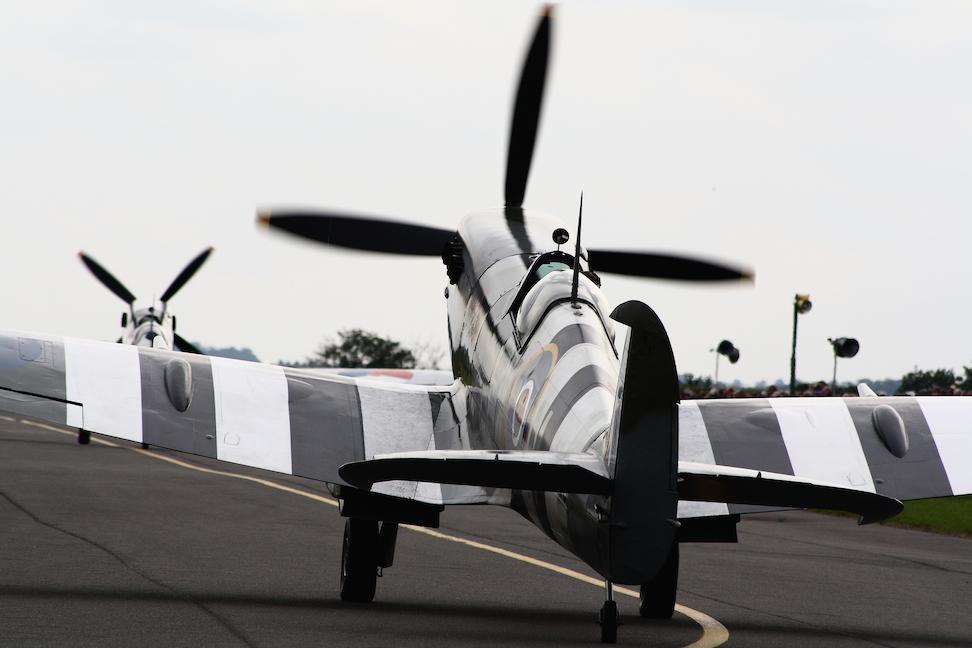Messerschmitt Bf109 Historical overview
The Bf 109 was the backbone of the Luftwaffe fighter force in World War II, although it began to be partially replaced by the Focke-Wulf Fw 190 from 1941. The Bf 109 scored more aircraft kills in World War II than any other aircraft. At various times it served as an air superiority fighter, a bomber escort, an interceptor, a ground-attack aircraft, and a reconnaissance aircraft. Although the Bf 109 had weaknesses, including a short range, and especially a sometimes difficult to handle narrow, outward-retracting undercarriage, it stayed competitive with Allied fighter aircraft until the end of the war.
The Bf 109 was flown by the three top-scoring fighter aces of World War II: Erich Hartmann, the top scoring fighter ace of all time with 352 official victories, Gerhard Barkhorn with 301 victories, and Günther Rall with 275 victories. All of them flew with Jagdgeschwader 52, a unit which exclusively flew the Bf 109 and was credited with over 10,000 victories, chiefly on the Eastern Front. Hartmann refused to fly any other aircraft in combat throughout the war. Hans-Joachim Marseille, the highest scoring German ace in the North African Campaign, also scored all of his 158 official victories in the Bf 109, against Western Allied pilots. The Bf 109 was also used with good result by non-German pilots, like Finnish fighter ace Ilmari Juutilainen with 94 victories ? the highest scoring non-German fighter ace in history, Croatian fighter ace Mato Dukovac and Romanian fighter aces Alexandru ?erb?nescu and Constantin Cantacuzino.
jane's fighters Me Bf 109 me109 WWII ww2 World War luftwaffe Nazi ace guncam Gun camera


